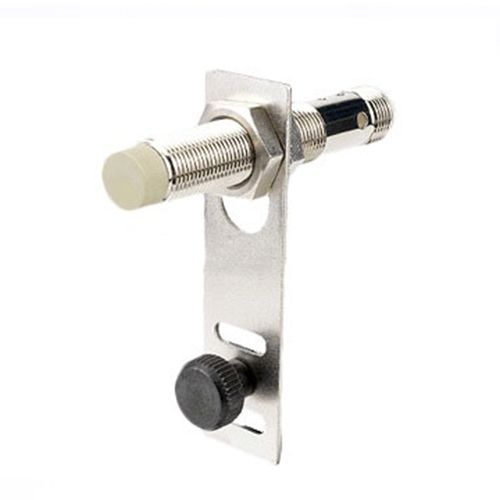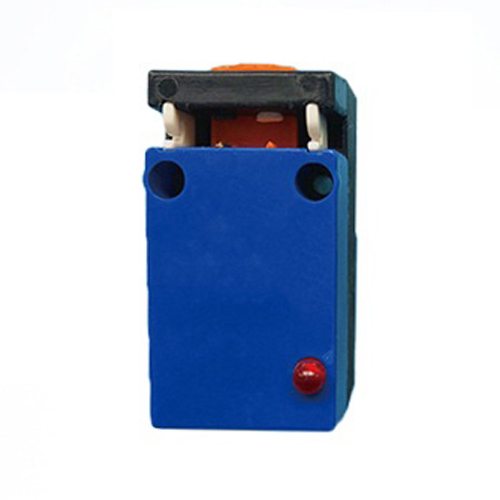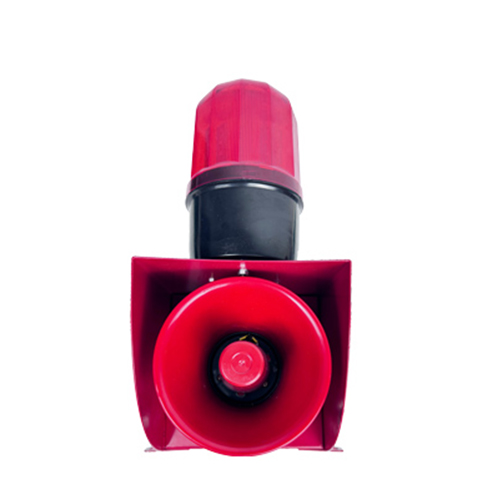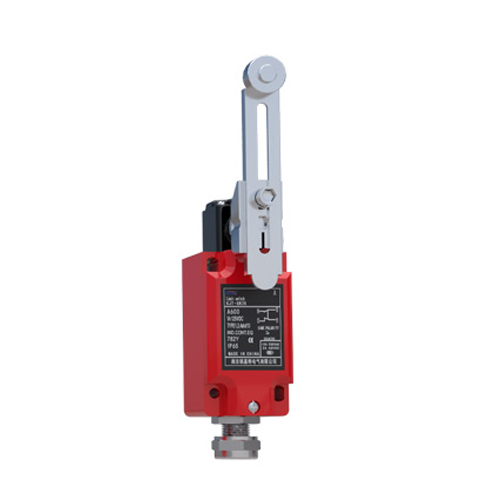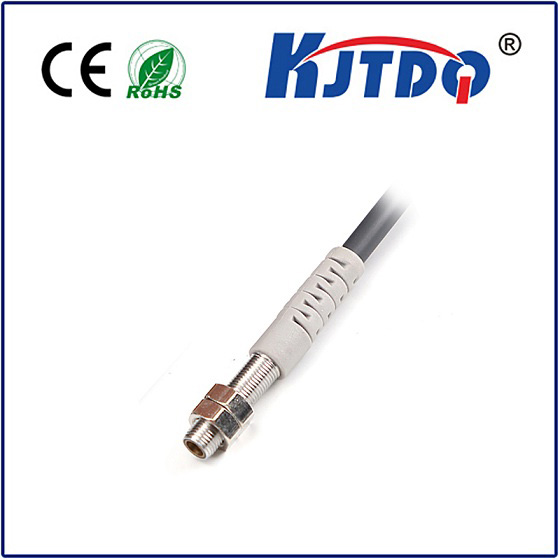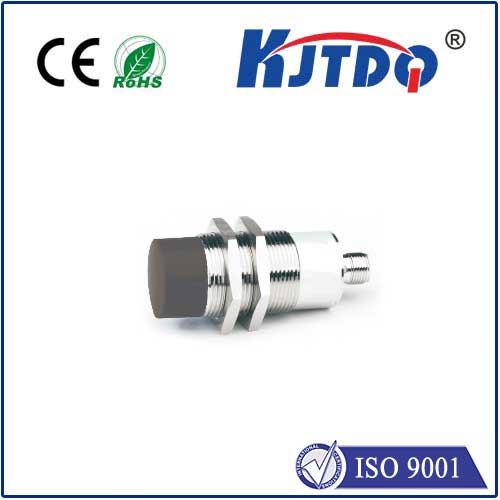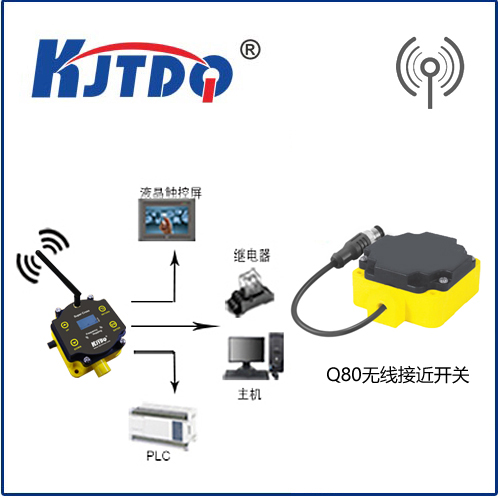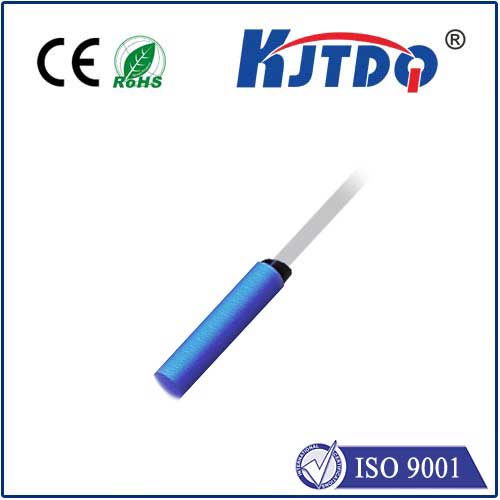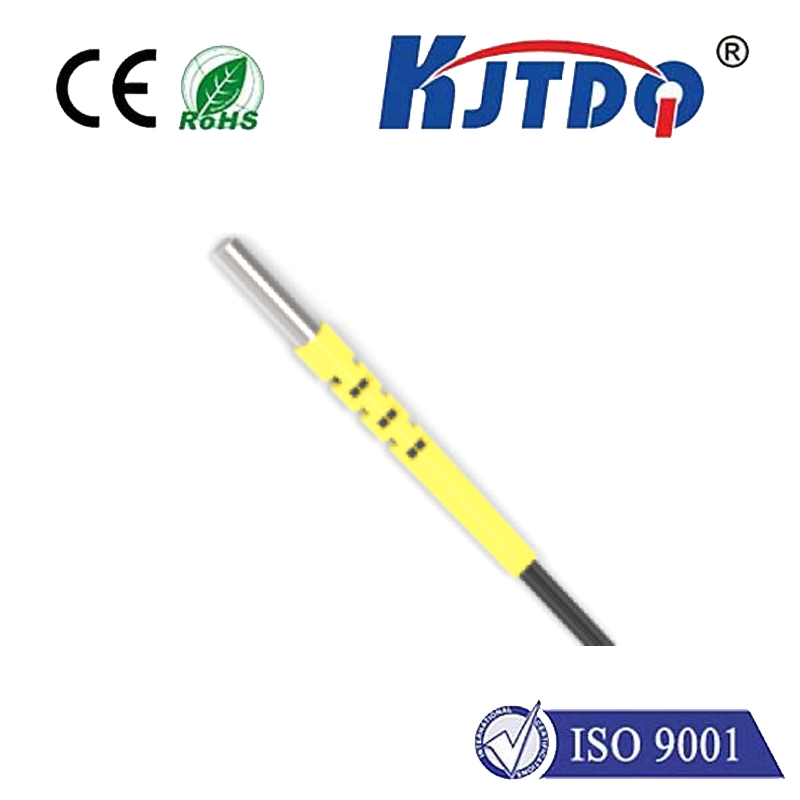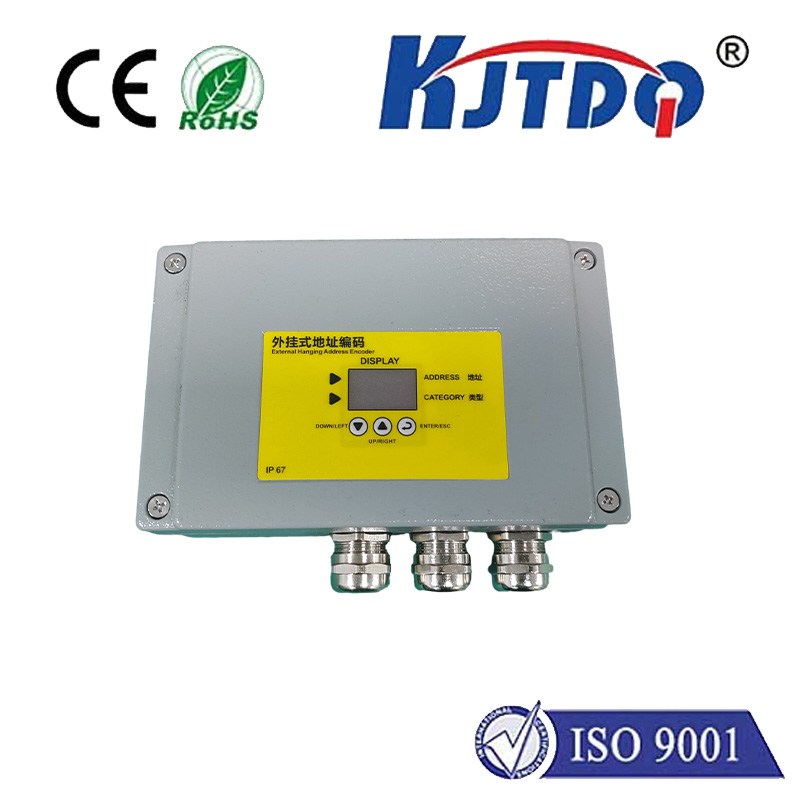fan and limit control
- time:2025-08-02 01:30:52
- Нажмите:0
Fan and Limit Control: Your Furnace’s Unsung Safety and Efficiency Heroes
Imagine your furnace roaring to life on a frigid winter morning. It dutifully heats the air, preparing to send warmth throughout your home. But what prevents that critical heat exchanger from literally cracking under the strain of overheating? What ensures the fan doesn’t blast cold air throughout your ducts the second the furnace fires up, or conversely, keeps blowing long after the burners shut off? The answer lies in two small, often overlooked, yet indispensable components working in concert: the fan and limit control.
Often referred to as a singular unit – the fan limit switch – this control system is the intelligent brain managing airflow timing and critical safety shutdowns within your forced-air heating system. Understanding its function is key to appreciating furnace safety, efficiency, and reliable operation.
More Than Just a Switch: Demystifying the Components
While frequently packaged together, the “fan and limit control” typically encompasses two distinct but interrelated functions:
- Fan Control (Fan-On/Fan-Off): This is your furnace’s internal thermostat for airflow. It uses a temperature probe (usually a bi-metallic coil or thermistor) inserted into the heat exchanger plenum chamber. Its job is purely operational efficiency and comfort.
- Fan-On Setting: Determines the minimum temperature the plenum air must reach before the blower fan is turned on. This prevents the fan from blowing cold air at the start of a heating cycle. Setting this too low causes chilly drafts; setting it too high means wasted heat trapped in the furnace.
- Fan-Off Setting: Determines the maximum temperature the plenum air must drop below before the blower fan shuts off after the burners have cycled off. This allows the fan to extract virtually all useful heat from the exchanger and ductwork before stopping. Setting this too high stops the fan too soon, leaving residual heat unused; setting it too low runs the fan unnecessarily long, wasting electricity.
- High-Limit Control (Safety Limit Switch): This is the furnace’s critical safety guardian. Its primary role is to shut down the burner if temperatures inside the heat exchanger plenum exceed a predetermined safe maximum. This maximum is set significantly higher than the Fan-On temperature, typically between 150°F and 250°F depending on the furnace model, but never high enough to risk damaging the heat exchanger itself. This prevents:
- Cracked Heat Exchangers: Extreme thermal stress from overheating is a leading cause of heat exchanger failure.
- Potential Safety Hazards: A cracked heat exchanger can allow carbon monoxide (CO) – a deadly, odorless gas – to leak into your home’s circulating air.
- System Damage: Protects other components from excessive temperatures.
Think of it as your car’s engine: the fan control is like deciding when to switch the radiator fan on and off based on coolant temperature for optimal engine temp. The high-limit is like the engine’s redline or coolant temperature warning light – it forces a shutdown to prevent catastrophic engine damage.

The Crucial Location: Why Placement Matters
The fan limit switch module is strategically mounted directly onto the furnace’s main supply plenum – the large metal chamber where air is heated directly above the heat exchanger. This is the hottest point of the airflow path. Its sensing probe extends into this chamber to get the most accurate reading of the air temperature leaving the heat exchanger. Proper location is absolutely critical; if mounted incorrectly or the probe becomes dislodged, the control cannot accurately sense temperatures, jeopardizing both safe operation and efficient airflow management.
When the Guardian Fails: Recognizing Limit Control Problems
A malfunctioning fan and limit control can manifest in several ways:
- Short Cycling (Burner): The burner firing but turning off very quickly, then restarting shortly after. This could indicate the high-limit switch is tripping prematurely due to calibration drift, sensing problems, or actual overheating caused by other issues (like restricted airflow).
- Fan Doesn’t Start: Warm air isn’t blowing even though the burner seems to be running. The Fan-On setting might be faulty or the switch itself failed open.
- Fan Runs Constantly: The blower fan never shuts off, even when the furnace isn’t calling for heat. The Fan-Off setting might be too low, the switch could be stuck closed, or there might be an unrelated control board issue.
- Cold Air Blowing Initially: The fan starts blowing immediately when the burner lights, sending uncomfortable cold air through the vents. The Fan-On setting is likely set too low.
- Fan Stops Too Soon: The blower fan shuts off almost immediately after the burner stops, leaving residual heat trapped in the exchanger and ducts. The Fan-Off setting is probably too high.
- No Heat at All: While less common as a sole cause, a completely failed high-limit switch (stuck in the open/tripped position) can prevent the burner from firing at all.
*Importantly*, a tripping high-limit switch is often a symptom rather than the root cause. It could be reacting to restricted airflow (clogged filter, blocked vents, failing blower motor), insufficient combustion air, a failing heat exchanger, or incorrect gas pressure. Simply replacing the switch without diagnosing the reason for the overheating is a temporary fix at best and dangerous at worst.
Maintenance and Testing: Ensuring Reliability
The fan limit switch itself isn’t a routine maintenance item you replace preventatively like an air filter. However, ensuring its environment promotes longevity and correct operation is vital:
- Regular Filter Changes: A clogged filter is the #1 cause of restricted airflow, leading to overheating and unnecessary high-limit trips. Change filters monthly during peak heating season.
- Clean Ductwork and Vents: Ensure all supply and return vents/openings are unobstructed to maintain proper airflow.
- Professional Furnace Tune-Ups: Annual inspections by a qualified HVAC technician are essential. They will:
- Inspect the limit control visually.
- Check calibration (if adjustable).
- Measure temperature rise to ensure the furnace is operating within design specifications.
- Clean critical components to ensure proper airflow and combustion.
- Test the high-limit function to verify it shuts off the burner at the correct temperature.
- Test the fan control function to verify On/Off timing.
Calibration: Generally Best Left to Pros
Many traditional fan limit switches have adjustable dials (for Fan-On, Fan-Off, and Limit settings). However, these are factory-calibrated for specific furnace models and airflow characteristics. Adjusting them yourself is strongly discouraged. Incorrect settings can lead to inefficiency, discomfort, and, critically, compromise the vital safety function of the high-limit. Modern furnaces often use non-adjustable electronic controls calibrated precisely at the factory.
The Silent Sentinel: Why Fan and Limit Control Matters
The fan and limit control operates quietly in the background of every heating cycle. You rarely notice it when it’s working perfectly. But its dual role is indispensable:
- Safety First: The high-limit switch is a fundamental component preventing catastrophic overheating and potential carbon monoxide hazards.
- Optimal Comfort: Proper fan timing control prevents cold drafts and ensures warm air is pushed through

